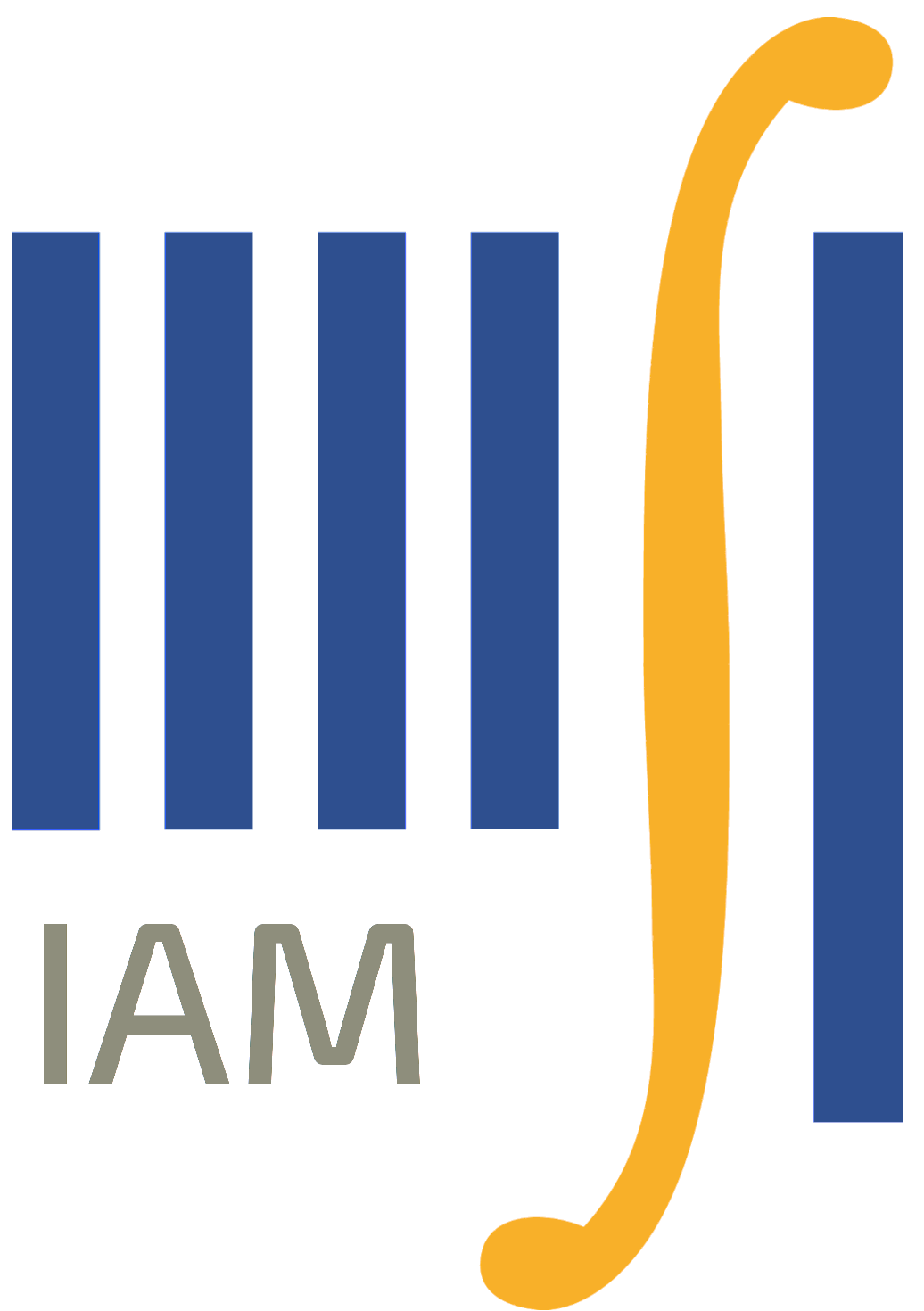Topics in Functional Integration and Multiscale Analysis, SS 2014
| Time and Room | Monday and Wednesday, 12-14, Math/N 0.007 Neubau |
| Start | 7. April 2014 |
Content
A large number of problems in modern statistical mechanics and theoretical physics can be translated into the study of suitable functional integrals. These are integrals over many variables, or more generally measures on spaces of functions or distributions.These are integrals over many variables, or more generally measures
on spaces of functions or distributions. They often take the form
\(\int_{\Omega}F(\varphi)d\mu(\varphi)\), with \(d\mu(\varphi) \propto \exp[-S(\varphi)]d\varphi\),
where \(\Omega\) is some space of functions and d\(\varphi\) is the Lebesgue measure on \(\Omega\).
Most of these integrals cannot be computed explicitely. Nevertheless much useful, precise information can be gained using relatively elementary, but mathematically rigorous, methods.
The key idea is to break the integral into "pieces", that are "small" enough to simplify their analysis, but "large" enough to contain the information we are looking for. The challenge is then to control the corresponding combinatorics. According to the problem at hand and the kind of information we need, there are different expansion schemes, among them cluster and Mayer expansions, renormalization, transfer matrix..
This course is to provide an introduction to some of these methods, as well as some applications. SInce a large class of problems both in statistical mechanics and in theoretical physics can be formulated in terms of perturbations of gaussian measures, therefore a large portion of the course will be dedicated to gaussian measures.
To avoid unnecessary additional technical complications, we will concentrate on the analysis of lattice functional integrals, as these give already rise to highly non trivial problems.
Program and lecture notes
Chapter 1. Introduction: some motivations and examples (Gibbs measures in statistical mechanics)
Chapter 2. Problems in one dimension or in strips: transfer matrix technique.
- Ising model: φ = ±1 [Kup, Ch.1]
- Harmonic Kac operator and generalizations [Hel, Ch.5]
Chapter 3. Problems in general dimension.
- general facts on Gaussian measures (the harmonic cristal revised)
- symmetries and complex deformations: low temperature correlations for the O(n) model
- duality transformations and saddle analysis: phase transition in the mean field case
Lecture Notes (one file)
Some bibliography
[Hel] Bernard Helffer.
Semiclassical analysis, Witten Laplacians, and statistical mechanics,
volume 1 of Series in Partial Differential Equations and Applications. World Scientific Publishing Co., Inc., River Edge, NJ, 2002.
[Kup] Antti Kupiainen.
Introduction to the renormalization group. Lecture Notes.
[MS] Oliver A. McBryan and Thomas Spencer.
On the decay of correlations in SO(n)-symmetric ferromagnets.
Comm. Math. Phys., 53(3):299–302, 1977.


